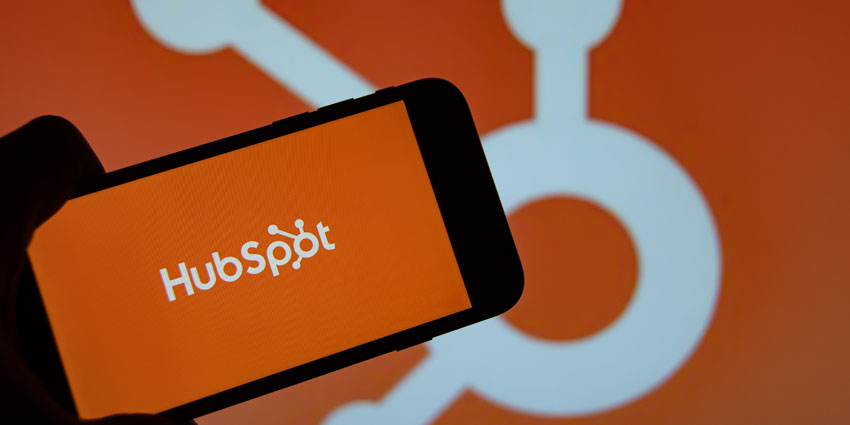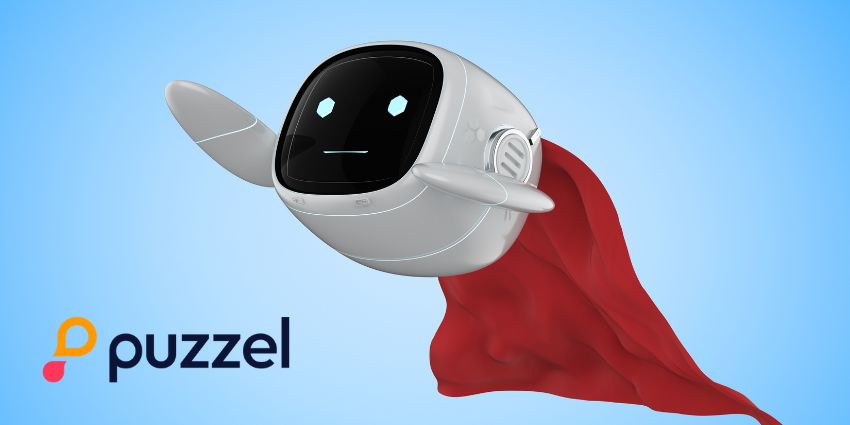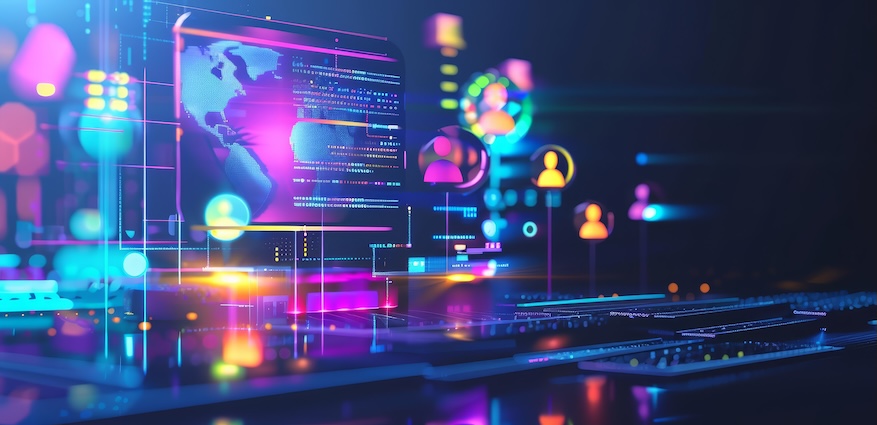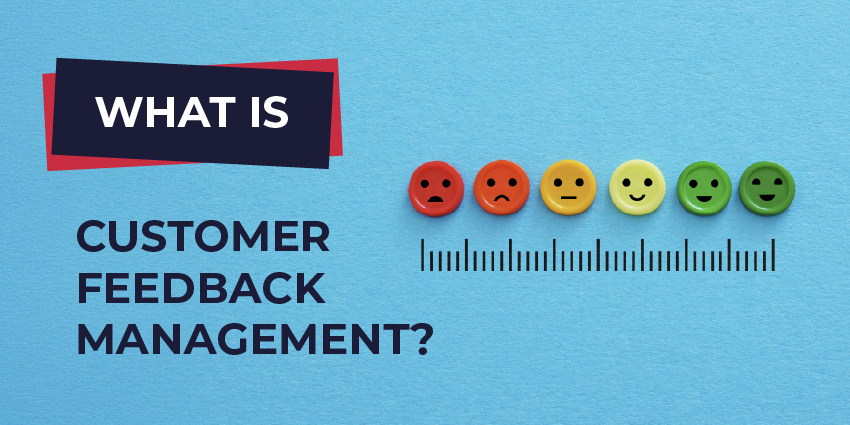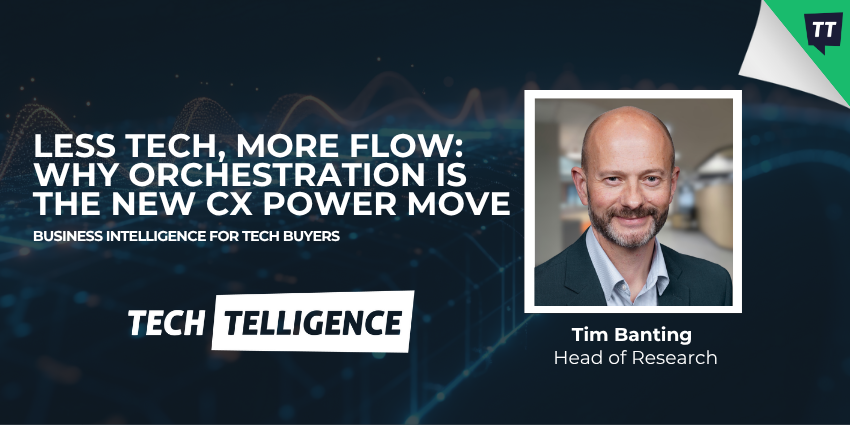HubSpot is “leading by example” through the internal use of its own AI solutions.
Indeed, during the company’s Q4 2024 earnings call, CEO Yamini Rangan explained how HubSpot’s in-house use of products allows the company to show customers “what’s possible with AI.”
The tools being deployed include the vendor’s AI Support Bot, which is currently handling 35 percent of support tickets, without sacrificing HubSpot’s “high” customer satisfaction.
The CRM provider hopes to increase the number to over 50 percent before the end of 2025.
The implementation of the bot has allowed HubSpot to expand its customer base without increasing support staff, freeing up existing team members to tackle more complex issues.
The company’s AI Sales Bot is also now responsible for over 80 percent of its website chats, while AI-driven automation has generated 10,000+ sales meetings in Q4 alone.
In discussing the internal impact of AI at HubSpot, Rangan said:
AI is helping us work smarter, serve customers better, and lead by example.
“And this is just the beginning of an exciting journey of transformation with AI.”
Let’s take a closer look at some of HubSpot’s bot capabilities.
Getting to the Bottom of HubSpot’s Bots
While the CEO could be accused of drinking his own Kool-Aid, HubSpot’s bots do have a track record of providing AI-powered features designed to improve the customer experience.
Chief among these bots is the company’s customer agent, which enhances support by utilizing a user’s existing content to address their inquiries.
Key capabilities include:
- Content Integration: The agent leverages users’ HubSpot content and public URLs to provide accurate, contextually relevant responses.
- Conversational Engagement: The agent interacts with users in a natural, conversational tone, improving the overall user experience.
- Confidence-Based Responses: Depending on its confidence level, the agent will either provide a direct answer with verifiable sources or ask follow-up questions to clarify the user’s request.
- Seamless Human Handoff: If unable to resolve an inquiry, the agent efficiently transfers the conversation to a human support representative.
The company believes that by implementing one of its customer agents, support teams can automate routine inquiries, allowing “the rest of your support team to focus on more complex cases and tasks.”
How HubSpot Plans to Win in the AI Era
Away from outlining the success of his company’s internal bot deployment, Rangan also spoke more generally about how HubSpot plans to “lead and win in an AI-first future.”
The CEO pointed to the following three key reasons for its competitive AI edge:
Unifying Structured and Unstructured Data
HubSpot integrates both structured data, like customer records, as well as unstructured data from sources such as calls, emails, and transcripts, which Rangan claims enables more comprehensive insights.
With the acquisition of Frame AI, HubSpot takes this further by processing both data types in real time, enhancing decision-making for AI agents.
Providing Complete Customer Context
AI agents require context beyond raw data to function effectively.
HubSpot’s all-in-one system ensures agents have continuous access to a customer’s journey – combining data, engagement, and AI-powered actions to deliver more relevant, contextual insights.
Building a Leading AI Agent Ecosystem
HubSpot has been growing its Agent.ai platform, aiming to create a network of hybrid teams composed of humans and AI agents.
In just six months, the platform’s user base expanded tenfold, empowering over 5,000 creators to develop custom AI agents using HubSpot’s low-code tools.
In summarizing the company’s overall AI strategy, Rangan stated:
By combining the best structured and unstructured data, providing complete context about the customer, and following an ecosystem-centric approach, we are helping our customers seamlessly shift to the age of AI.
Unfurling the Finances
When it came to the financial section of the earnings call, HubSpot reported that it had exceeded analyst expectations in Q4, with both revenue and customer count growing 21 percent year-over-year (YoY).
However, subscription revenue per customer continued its decline, reflecting slower growth despite the company’s push for AI-driven features.
Looking ahead to 2025, HubSpot expects revenue growth to decelerate to about 14 percent, down from 21 percent in 2024.
Despite this slowdown, HubSpot remains optimistic, noting that its product penetration is still under ten percent in a $76 billion market, leaving significant room for growth.
More News from HubSpot
In December of last year, HubSpot announced its acquisition of Frame.ai, a conversational intelligence provider.
The purchase will help the company to bolster its Breeze AI platform and overall AI scalability.
Unlike many competitors, Frame.ai analyzes not just calls and cases but also documents, emails, and diverse customer feedback to uncover hidden insights and enhance customer profiles.
Elsewhere, during HubSpot’s Q3 earnings call, the company highlighted the success of its new pricing model, which helped grow its global customer base to 238,000 – a net increase of 10,000 and a 23% YoY rise.
Rangan credited the strategy for driving new business, aligning with CFO Kate Bueker’s Q2 forecast of 9,000-10,000 net new customers.
